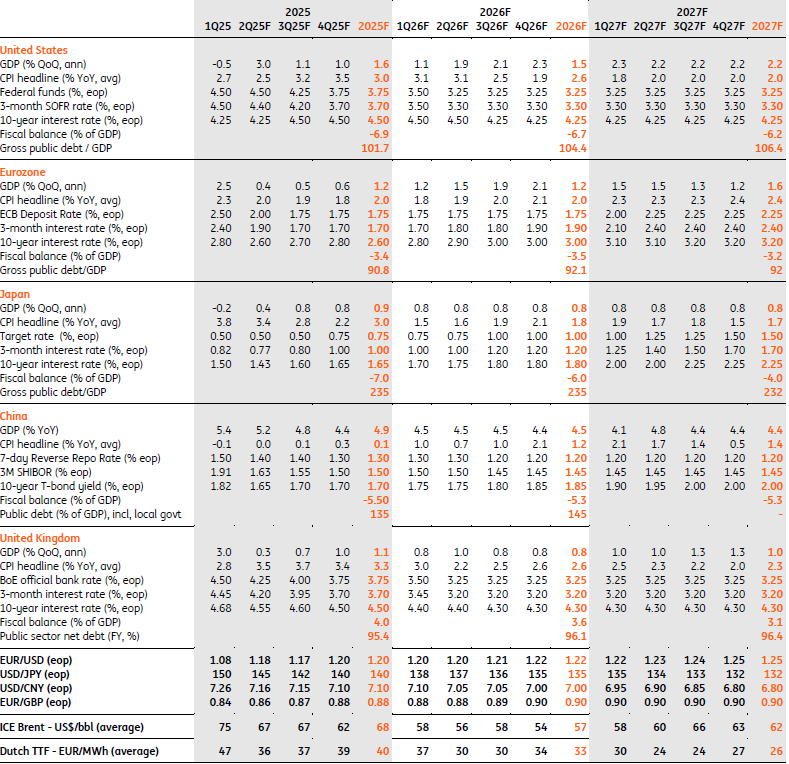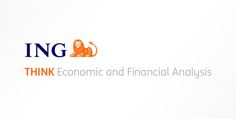Adaptimmune stock plunges after announcing Nasdaq delisting plans
’Tariff’ may be the most beautiful word in Donald Trump’s dictionary. And while tariffs will continue to dominate headlines for the rest of the year, let me introduce my economic term of the summer: Power Play.
Some Might Call It ’Blackmail’
It’s August, and while so many people are at the beach or in the mountains, there’s no break from the trade and tariff saga. Mind you, seemingly hard deadlines are proving to be more flexible than initially thought. Since ’Liberation Day’, we have seen numerous deadlines for US trading partners to comply with American demands.
However, the consequences of non-compliance remain ambiguous. Despite the flexibility of these initially strict deadlines, it would be a mistake to assume that ’Trump Always Chickens Out,’ as financial markets have described the pattern of tough words followed by soft actions.
Instead, we are in the midst of an economic power play, which some might even call blackmail. The longer it lasts, the more everyone seems to get used to it. President Trump’s tariff threats have evolved into an economic power play, pushing US trading partners into making billion-dollar investments in the US to maintain access to the country’s market. This strategy effectively imposes a double tariff: the headline tariff on exports to the US and the money invested in America itself, which can no longer be spent at home.
In other words, Trump is demanding that trading partners show him the money in the form of investment pledges or face astronomically high tariffs. This raises the question of whether trading partners are becoming trade hostages.
When a Deal’s Not Really a Deal
It’s unclear whether investment aspects of trade talks will move beyond headline figures and vague commitments. Unlike tariffs, which are straightforward to enforce, investment pledges and purchase commitments are harder to monitor, especially since entities like the EU lack the authority to guarantee them, leaving delivery to corporations. Japan and South Korea’s promises are mainly in the form of loans.
This raises questions about how the U.S. might respond if countries fall short. And even with a deal - and I’m looking at you, Switzerland - the tariff issue persists. For Trump, tariffs are a versatile tool, used well beyond trade balance concerns.
We can only guess at the long-term implications of such economic power play. Disrupted supply chains, strained diplomatic ties, economic selfishness, and less efficient global trade are just a few things to come to mind.
Dancing to Different Tunes
Markets struggle to incorporate longer-term structural changes into their prices. Often, the reflex is to ignore until something breaks. And that’s why their attention now is almost entirely on whether the US economy will slow down. The tariff back-and-forth means they’ve only increased gradually since the start of the year, and the true effects will take time to unfold. But they’re happening - just look at the cooling labour market, which is a lagging indicator - and it’s why our James Knightley has revised our Fed outlook; we’re now expecting rate cuts from next month.
Beyond the economy, Adriana Kugler’s resignation from the Fed gives President Trump an unexpected opportunity to appoint a ’preferred’ candidate, who could possibly replace Jerome Powell. While the Fed may soon engage in a series of rate cuts, the ECB sees itself comfortably in a ’good place’, citing eurozone resilience and 2% inflation. It would appear that the bar for additional rate cuts in the eurozone has been raised.
But tariffs will impact the eurozone just as their adverse effects will be seen in America, and the ECB may be premature in declaring any victory. In this global economic power play, eurozone monetary policy offers a rare moment of calm.
Last Sunday, my favourite radio station presented the Top 100 songs with one-word titles. While I am not aware of a song titled ’tariff,’ the Top 10 included ’Sabotage,’ ’Hurt,’ ’Help,’ ’Respect,’ ’Imagine,’ and ’Heroes.’ Do your own pub quiz to find the songs, but to me, it felt like the soundtrack for the global economy in 2025.
Our Key Calls This August
Trade: Recent trade deals have proven less favourable for US trading partners than we’d previously anticipated, though a lot hinges on whether pharmaceutical tariffs kick in. If they don’t, then the average tariff charged on the likes of the EU and Japan is only marginally higher post-deal than it was before, as the higher baseline 15% tariff is heavily offset by a reduction in car tariffs. In any case, tariff rates are significantly higher than at the start of the year.
United States: We expect US inflation to rise more aggressively over the summer as the lagged impact of tariffs hits prices. But this is likely to be short-lived as service-sector disinflation increasingly dominates. The latest jobs data puts the Fed at serious risk of slipping behind the curve, and barring a dramatic improvement in the next labour market report, we now expect the Fed to cut rates in September. We expect three cuts in 2025 in total and another two in early 2026, which is more aggressive than markets are pricing.
Eurozone: While the US-EU deal is far from ideal, it does provide a degree of stability, at least for the time being. We don’t expect any economic contraction in the second half of 2025 and have slightly upgraded our growth forecast for this year and next. That has complicated our ECB call, of one further rate cut in September. But falling inflation still narrowly argues in favour of one more move.
China: China’s economy outperformed expectations in 1H25, growing 5.3% year-on-year. Exports remain solid and consumer spending has bounced back, but that’s offset by weak private investment and a struggling property market. Thanks to strong first-half numbers, a likely US-China trade truce extension, and continued policy support, we’re upgrading our 2025 growth outlook to 4.9% from 4.7%.
United Kingdom (TADAWUL:4280): The economy is under pressure from recent tax and national living wage hikes, and the jobs market is visibly cooling. However, we expect inflation to stay above 3% this year, and that’s preventing the Bank of England from cutting rates more quickly. We expect rate cuts this month and again in November.
Japan: We have revised up our 2025 growth forecast on prospective fiscal stimulus and the stability afforded by the US-Japan trade deal. Coupled with growing confidence that inflation is nearing 2%, we think an October rate hike looks more likely.
FX markets: Softer US jobs data and our call for a September Fed rate cut/more easing this year means we now expect EUR/USD to end 2025 at 1.20. Rising euro market rates in the second half of 2026, as markets begin to price the first ECB rate hike in early 2027, point to EUR/USD at 1.22.
Market rates: In the US, a burning question is whether the 10yr yield can break down to 4% with inflation likely to get to the same level (tariff-impacted). It could. But with considerable tension given the inflation/deficit negativities. The way to square the circle is for the curve to steepen. In contrast to the US, eurozone activity data is on a recovering trend, which of itself presents pressure for higher longer tenor euro rates.
Our Major Forecasts

Source: ING forecasts
Disclaimer: This publication has been prepared by ING solely for information purposes irrespective of a particular user’s means, financial situation or investment objectives. The information does not constitute investment recommendation, and nor is it investment, legal or tax advice or an offer or solicitation to purchase or sell any financial instrument. Read more
